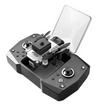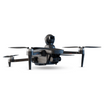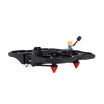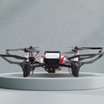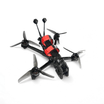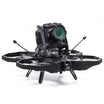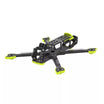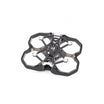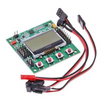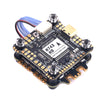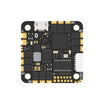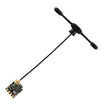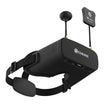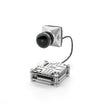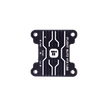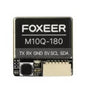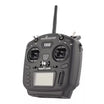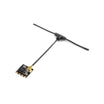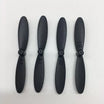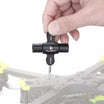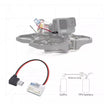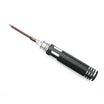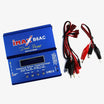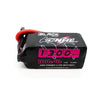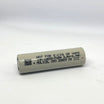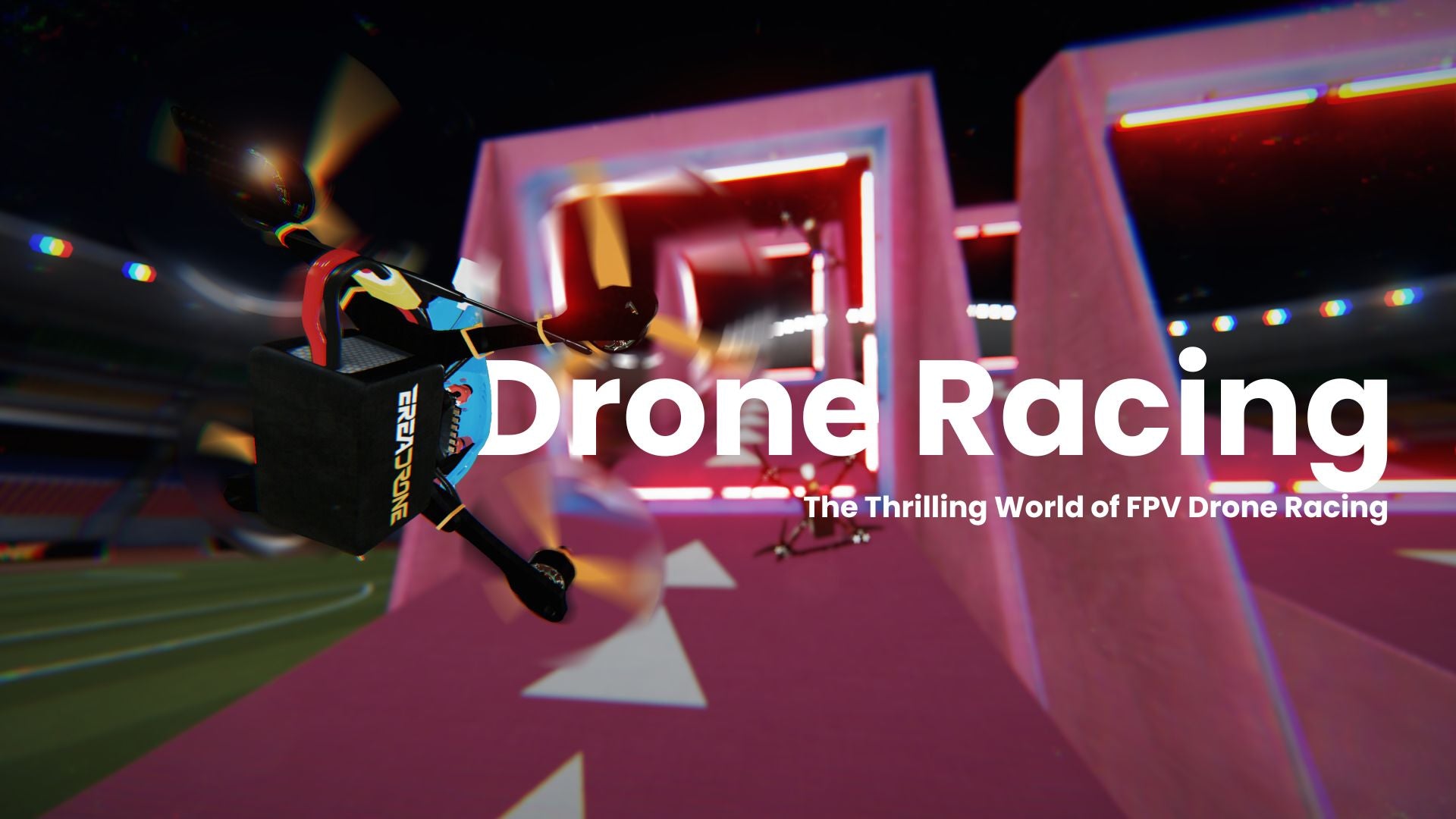Drones have become essential tools for photographers, content creators, racers, hobbyists, and even businesses. If you’ve been scrolling through the internet and a sleek quadcopter or an electronic “dragonfly” caught your eye, you’re not alone.
But here’s the real question for first-time flyers in 2025: Should you buy a ready-to-fly drone or build one from scratch?
Both paths have unique advantages, and your choice will shape your experience in the world of drones. In this guide, we’ll break down the pros and cons, share real-world advice, and help you make the right decision for your first flight.
Buying Your First Drone: Plug, Play, and Fly
Buying a ready-to-fly (RTF) drone is the easiest way to get started. You simply unbox it, charge the batteries, and you’re airborne.
Benefits of Buying a Drone
-
Beginner-Friendly – Model like the Skydio 2 come with GPS, obstacle detection, and auto-return features that make flying safer and easier.
-
Fast Setup – No complex assembly or wiring needed. You can be in the air within an hour.
-
Reliability & Warranty – Factory testing ensures smooth performance, and warranties cover defects or malfunctions.
-
Better Resale Value – Branded drones retain value better than DIY builds.
Downsides of Buying
-
Limited Customization – You get the specs you buy, and modifications may be limited.
-
Higher Cost – Advanced drones with 4K cameras and intelligent flight modes can be expensive.
-
Less Technical Learning – You won’t gain the same mechanical and electronic know-how as building your own.
Best for: Beginners, aerial photographers, travelers, and anyone who wants to start flying immediately.
Building Your Own Drone: The DIY Adventure
Building your drone from scratch has become a huge trend among tech enthusiasts and FPV (First Person View) racers. In 2025, you can source every part, from carbon fiber frames to high-efficiency brushless motors, and create something entirely your own.
Benefits of Building a Drone
-
Full Customization – Choose the perfect camera, motor power, and frame size for your needs.
-
Hands-On Learning – Understand how each component works and how to repair it yourself.
-
Performance Tuning – Tailor your drone for speed, agility, endurance, or payload capacity.
-
Pride of Ownership – Flying something you built is deeply satisfying.
Downsides of Building
-
Steeper Learning Curve – Requires soldering, programming, and troubleshooting skills.
-
Time-Intensive – Assembly can take hours or days, depending on your experience.
-
Higher Initial Risk – First builds often come with trial-and-error mistakes.
-
No Manufacturer Warranty – If something fails, you’re your own repair shop.
Best for: Hobbyists who love tinkering, FPV racers, engineering students, and tech-savvy creators.
Also read: How to become a certified drone pilot in 2026
Factors to Consider Before Deciding
Whether you buy or build depends on your goals, budget, and interest level.
Your Goal |
Best Choice |
|
Learn to fly quickly |
Buy |
|
Professional photography/videography |
Buy a high-quality camera drone |
|
Learn electronics & engineering |
Build |
|
Competitive drone racing |
Build for speed and control |
|
Limited budget & no parts |
Buy entry-level |
|
Already have drone parts |
Build |
The 2026 Drone Market: What’s New
Thanks to rapid innovation, drones in 2025 offer:
-
AI-assisted flight modes that help with cinematic shots.
-
Enhanced obstacle avoidance using 360° sensors.
-
Foldable, lightweight designs perfect for travel.
-
Extended battery life — up to 45 minutes for premium models.
-
FPV goggles for an immersive pilot’s view.
Whether you buy or build, you’ll benefit from technology that was unimaginable just five years ago.
Pro Tips for First-Time Buyers
If you decide to buy:
-
Check Flight Regulations – In India, drones above certain weights require DGCA registration.
-
Start Small – Avoid spending big on your very first drone.
-
Practice in Open Spaces – Minimize risk of crashes while learning.
-
Buy Extra Batteries – Flight time can be as short as 20–30 minutes per charge.
Pro Tips for First-Time Builders
If you decide to build:
-
Start with a Kit – Beginner drone kits simplify part selection.
-
Learn Soldering Basics – You’ll need to connect wires to motors and controllers.
-
Join Online Communities – Forums like r/FPV or InsideFPV groups are goldmines of advice.
-
Expect Trial & Error – Your first build might not be perfect — and that’s okay.
So… Should You Buy or Build?
Here’s the simple truth:
-
Buy if you want a hassle-free, reliable first experience.
-
Build if you want to deeply understand drone technology and don’t mind the learning curve.
Many drone enthusiasts actually do both: starting with a ready-to-fly drone to learn the basics, then building a custom one later for advanced flying.
FAQs
Which is more cost-effective: build or buy a drone?
Building can be cheaper if you already own some components. However, buying often offers better value for beginners when you factor in time, warranty, and fewer mistakes.
Can I upgrade a ready-to-fly drone later?
Yes, you can often upgrade parts like batteries, propellers, or cameras, but modifications may be limited compared to a custom build.
What is the time duration it takes to build a drone?
A simple kit build might take 4–6 hours. A fully custom drone can take several days, depending on complexity and your experience level.

